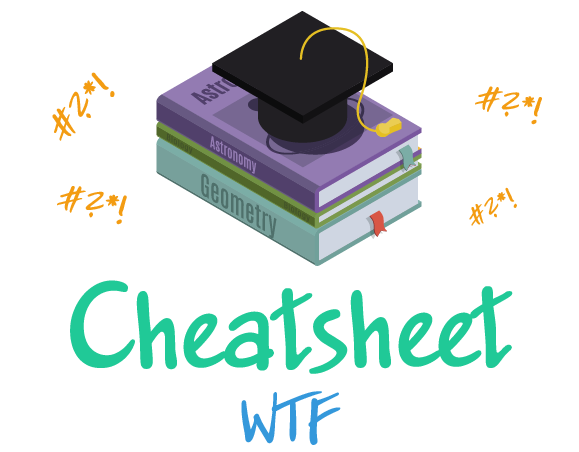Regular Expressions Cheatsheet
This site is a reference for Regular Expressions (RegEx)
Regular Expressions are powerful sequences of characters that define search patterns. Regular Expressions are used in search engines, text processing tools like Sed and Awk, for lexical analysis and a lot more. The concept of Regular Expressions arose around the 1950s and later saw heavy use with the introduction of UNIX text processing tools in the 1980s.

For the full experience we recommend viewing this website on a desktop or tablet.
OpSec OSINT Git Python Bash Linux CLI Package Management Regular Expressions Nano Vim HTML5 Markdown Bootstrap 4 JQuery Flask ASCII IP HTTP Port Numbers Save App
See Similar
Select a Category
View all Cheatsheets General Purpose (1) Domain Specific (1) Imperative (1) Object-Oriented (1) Web Development (3) DevOps (1) Control Versioning System (1) System Administration (2) Scripting Language (1) Compiled Language (1) Markup Language (2) Command Language (1) Framework (2) Frontend (1) Backend (6) Software Library (3) Tool (2) Standard (1) Text Editor (3) Text Processing (4)
Regular Expressions Categories
Use the compass to jump to a specific section of the selected cheatsheet
Be Aware
Syntax and Flavors
There are serveral flavors (different syntax) of RegExp with the two most common being POSIX and PCRE (Perl Compatible Regular Expressions). The IEEE POSIX standard has three sets of compliance which are Basic Regular Expression (BRE), Extended Regular Expressions (ERE) and Simple Regular Expressions (SRE).